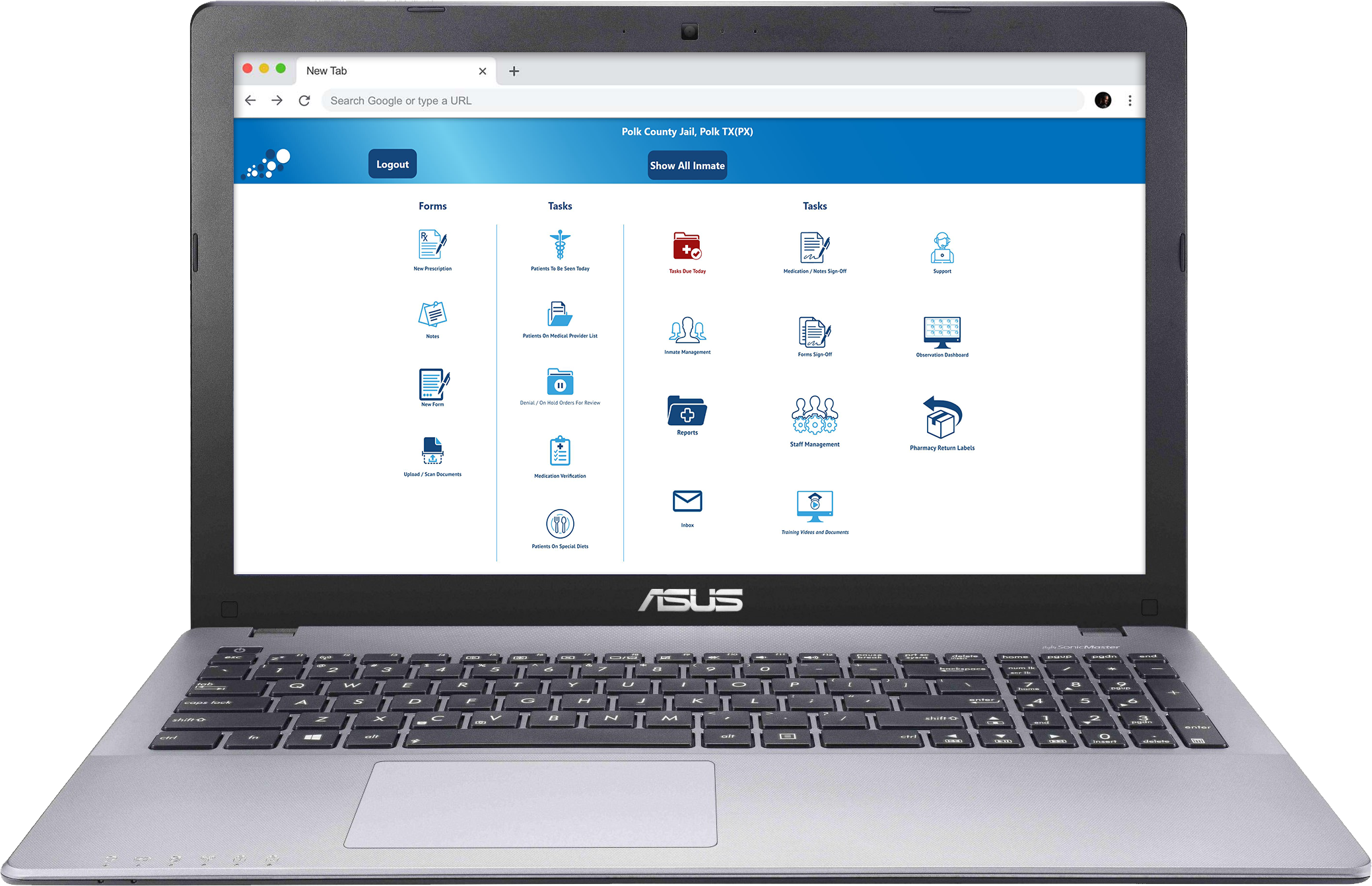What is an Electronic Medical Record (EMR)?
What Is in an Electronic Medical Record? Our IHS eSuite is an EMR or Electronic Medical Record
Electronic Medical Records (EMRs) have revolutionized the way healthcare providers document and manage patient information. These digital repositories have replaced traditional paper records in many healthcare settings, offering numerous advantages, such as increased accessibility, efficiency, and accuracy of medical data. What exactly is stored within an electronic medical record? In this article, we will delve into the essential components of an EMR, shedding light on the critical information that makes up this vital tool in modern healthcare.
Patient Demographics
At the heart of every electronic medical record lies the patient’s demographic information. This section includes details like the patient’s full name, date of birth, gender, contact information, and social security number or national identification number. Accurate patient demographics are crucial for ensuring that the right medical records are linked to the correct individuals.
Medical History
The medical history section of an EMR is a comprehensive compilation of a patient’s past and current health conditions. It encompasses a wide range of data, including:
- Medical Conditions: Information about diagnosed diseases, chronic illnesses, and acute conditions.
- Surgical History: Records of past surgeries and surgical procedures, including dates and details.
- Medications: A list of all medications the patient is currently taking, including dosage and frequency.
- Allergies: Any known allergies to medications, foods, or environmental factors.
- Immunizations: A record of vaccinations received and their dates.
- Family Medical History: Information about hereditary diseases and health conditions that run in the patient’s family.
- Social and Behavioral History: Data related to lifestyle factors such as smoking, alcohol consumption, and exercise habits, which can impact a patient’s health.
Clinical notes are perhaps the most dynamic and critical component of an electronic medical record. These notes document healthcare providers’ observations, assessments, and treatment plans during a patient’s visits. Clinical notes can be categorized as follows:
- Progress Notes: These notes detail the patient’s current condition, changes in health, and any ongoing treatments or interventions.
- SOAP Notes: SOAP (Subjective, Objective, Assessment, Plan) notes follow a structured format that includes subjective information (patient’s complaints), objective data (vital signs, lab results), the healthcare provider’s assessment of the patient’s condition, and the treatment plan.
- Consultation Notes: When a specialist is involved in a patient’s care, consultation notes document their findings and recommendations.
- Procedure Notes: These notes are created when a medical procedure or surgery is performed, describing the procedure, any complications, and the patient’s response.
Diagnostic and Laboratory Reports
Electronic medical records store a patient’s diagnostic and laboratory reports, including results from various tests, scans, and imaging studies. This section plays a crucial role in monitoring a patient’s health, tracking progress, and assisting in the diagnosis of medical conditions. Common reports include blood tests, X-rays, MRIs, EKGs, and pathology reports.
Medication Orders and Prescriptions
Electronic medical records are integral in managing medications. They store details of prescribed medications, dosage instructions, and any changes made over time. EMRs often include a prescribing feature, enabling healthcare providers to electronically send prescriptions directly to pharmacies, enhancing patient safety and convenience.
Treatment Plans
In this section, healthcare providers outline the patient’s treatment plan, including recommended therapies, interventions, and follow-up care. Treatment plans serve as a roadmap for managing a patient’s condition and ensuring continuity of care.
Billing and Administrative Information
EMRs also contain billing and administrative data, including insurance information, billing codes, and details related to insurance claims and reimbursement. These components help healthcare facilities manage their finances and ensure accurate billing.
Summary
In an electronic medical record, a wealth of information about a patient’s health and medical history is stored electronically, making it easily accessible to healthcare providers for delivering quality care. From demographic information to clinical notes, diagnostic reports, and treatment plans, EMRs are comprehensive repositories that play a crucial role in modern healthcare, streamlining processes and enhancing patient safety and care coordination. As technology continues to advance, electronic medical records will undoubtedly play an even more significant role in improving healthcare delivery and patient outcomes.

